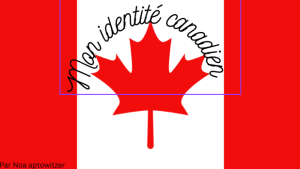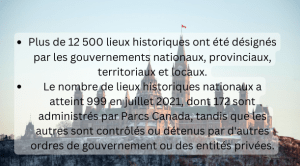I had mixed feelings before starting my Innovation Day project. At first, I thought learning about electricity was irrelevant to my life. But as the project progressed, I realized that we use electricity every day. This made me more interested and excited about the project.
I was ecstatic to start the project, but I was also nervous because I didn’t have a partner at first. Fortunately, I found a partner later in the week, and that made me feel relieved. Throughout the process, I was surprised at how fast everything went. I didn’t expect to finish the whole project in just two weeks.
In class, I worked on the online rough draft and practiced during the final stretch. However, most of the work was done outside of class. My partner and I worked every weekend we could. Overall, I believe that “over-practicing” was a good thing for our project.
One area where my partner and I could have done better was communication. We worked so hard that we became very stressed, and I think better communication would have helped us prevent that.
Presenting our project to our parents was nerve-wracking, but my parents were very supportive. Seeing their smiles after we presented made me feel like I had done a great job, and I felt great.
While the majority of the project went well, we did have a problem deciding what to do for the assignment, which caused us to start a bit late. However, we were able to overcome this challenge with hard work and dedication.
For me, the most beneficial part of the scientific process was the questioning part. The mandatory experiment we conducted with our classmates was directly relevant to our project, and asking questions helped us better understand the patterns we observed.
Overall, this project taught me several skills that will be useful for future projects in other subjects. I learned the importance of communication, dedication, and hard work. I also learned that science is more relevant to my daily life than I originally thought, and I’m excited to continue exploring the subject in the future.













